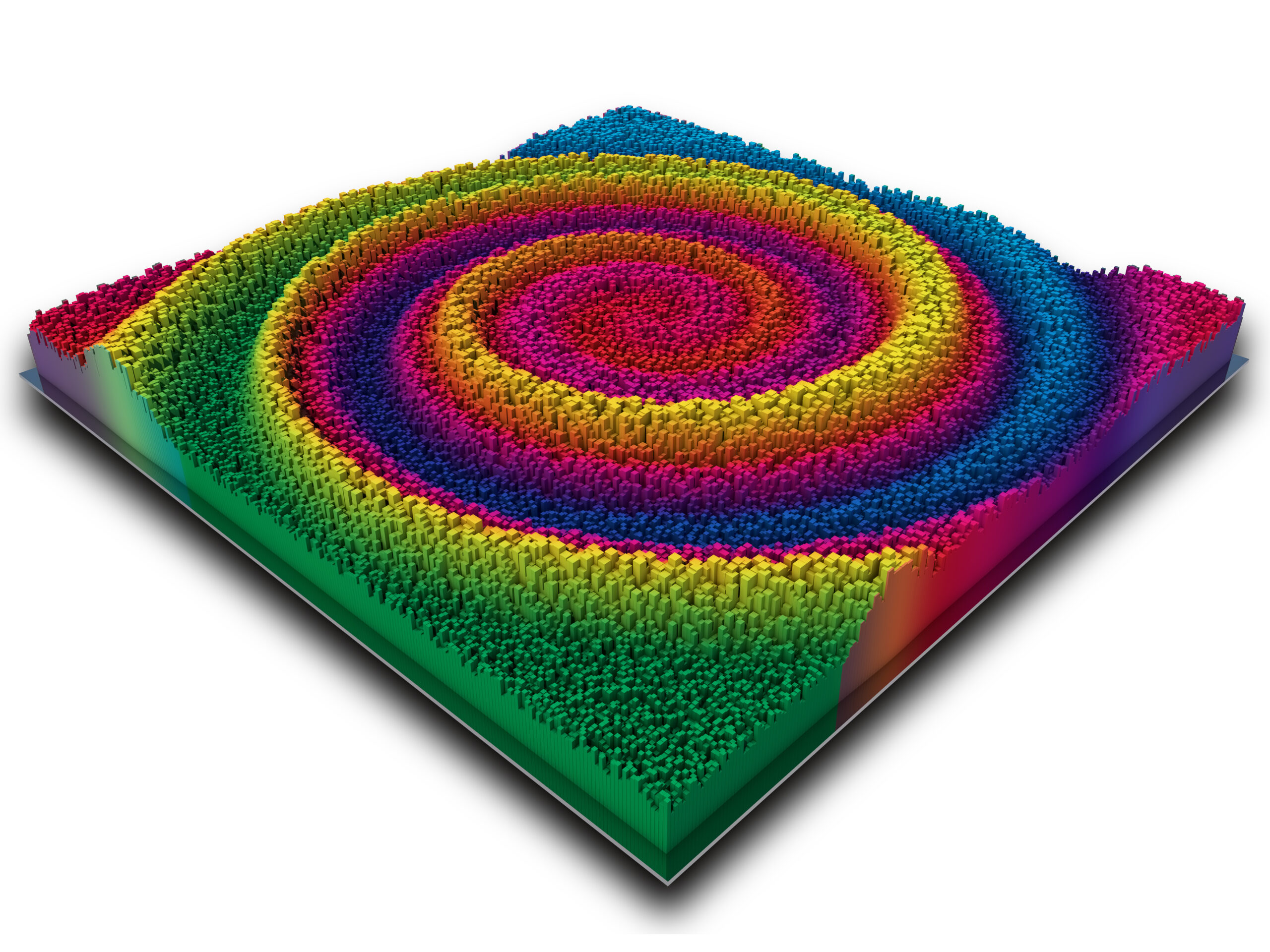Wollmatten: A Complete Guide to Uses, Benefits, and Care
Introduction to Wollmatten
The word wollmatten has gained attention among designers, sustainability enthusiasts, and homeowners looking for natural and versatile materials. While the term may sound unfamiliar to some, it essentially refers to wool mats or wool-based padding used in a wide range of applications—from interior design and bedding to industrial insulation and eco-friendly building materials.
In this guide, we’ll explore everything about wollmatten, including their origins, different types, practical uses, benefits, and care instructions. Whether you’re new to the concept or a professional looking for detailed insights, this article is your one-stop resource for understanding why wollmatten matter today.
What Are Wollmatten?
At its core, the term “wollmatten” comes from German, meaning wool mats. These mats are made from compressed, felted, or woven wool fibers and are valued for their natural insulation, comfort, and durability.
Key Characteristics of Wollmatten:
- Made from natural sheep’s wool or blended wool fibers.
- Known for thermal insulation and sound absorption.
- Soft and versatile—used in household, industrial, and decorative settings.
- Sustainable and biodegradable, unlike synthetic alternatives.
History and Origins of Wollmatten
Wool has been used for centuries as a protective, insulating, and decorative material. In traditional European households, wool mats were popular because they:
- Kept interiors warm during harsh winters.
- Lasted for years thanks to wool’s natural resilience.
- Were often handmade, making them culturally significant.
The modern wollmatten industry builds on this heritage, adapting wool mats for eco-friendly construction, interior design, and wellness.
Types of Wollmatten
Wollmatten come in different forms, each designed for specific needs.
1. Home & Decorative Wollmatten
- Rugs, carpets, and wall hangings.
- Soft, colorful, and designed for comfort.
2. Industrial Wollmatten
- Used as insulation in buildings, cars, and machines.
- Fire-resistant and eco-friendly alternatives to synthetic materials.
3. Wellness & Bedding Wollmatten
- Mattress toppers, yoga mats, and therapy pads.
- Provide natural comfort and reduce allergens.
4. Acoustic Wollmatten
- Used in studios, offices, and theaters.
- Absorb sound, reduce echoes, and enhance acoustics.
Benefits of Wollmatten
Why are more people choosing wollmatten today? Here are the top benefits:
1. Natural Insulation
Wool regulates temperature, keeping you warm in winter and cool in summer.
2. Sustainability
- 100% biodegradable.
- Lower carbon footprint compared to synthetic mats.
3. Durability
- Resistant to wear and tear.
- Long-lasting with proper care.
4. Health & Wellness
- Hypoallergenic and dust-mite resistant.
- Helps people with asthma or sensitivities.
5. Soundproofing
- Reduces noise in homes and workplaces.
Everyday Uses of Wollmatten
Wollmatten have found their way into many industries and households.
Household Uses
- Rugs and carpets
- Wall insulation panels
- Mattress pads and toppers
- Furniture padding
Industrial Uses
- Automotive insulation
- Eco-friendly building materials
- Office soundproofing solutions
Wellness & Lifestyle Uses
- Meditation and yoga mats
- Sleeping pads for camping
- Massage therapy mats
How to Care for Wollmatten
Proper care ensures wollmatten last for years.
Cleaning Tips
- Regular vacuuming – Prevents dust buildup.
- Spot cleaning – Use mild soap and cold water for stains.
- Dry cleaning – For large or delicate mats.
Storage Tips
- Store in a dry, cool environment.
- Avoid exposure to direct sunlight.
- Use cedar blocks or lavender bags to deter moths.
How Wollmatten Compare to Other Materials
| Feature | Wollmatten | Synthetic Mats | Cotton Mats |
| Durability | Very high | Medium | Low to medium |
| Sustainability | 100% natural | Non-biodegradable | Biodegradable |
| Insulation | Excellent | Poor | Fair |
| Comfort | Soft & breathable | Can be rough | Soft but less insulating |
Wollmatten in Modern Design and Architecture
Eco-Friendly Homes
- Used as insulation panels for green buildings.
- Reduce energy consumption by maintaining natural indoor temperatures.
Interior Design
- Stylish wool rugs and decorative wall hangings.
- Blend traditional craftsmanship with modern minimalism.
Corporate Spaces
- Acoustic wollmatten in offices improve productivity by reducing noise distractions.
Sustainability and Environmental Impact
One of the strongest selling points of wollmatten is their eco-friendliness.
- Sheep wool is renewable – shearing is safe for animals.
- No harmful chemicals are needed for production.
- Biodegradable – naturally decomposes without polluting the environment.
In contrast, synthetic mats contribute to plastic pollution and landfill waste.
Buying Guide: How to Choose the Right Wollmatten
When shopping for wollmatten, consider the following:
- Purpose of Use
- Home décor? Insulation? Yoga or therapy?
- Home décor? Insulation? Yoga or therapy?
- Material Quality
- 100% wool or blended fibers?
- 100% wool or blended fibers?
- Size and Thickness
- Thicker mats for insulation; thinner for décor.
- Thicker mats for insulation; thinner for décor.
- Budget
- Natural wool is an investment but lasts longer.
- Natural wool is an investment but lasts longer.
- Certifications
- Look for eco-certifications (e.g., OEKO-TEX, GOTS).
- Look for eco-certifications (e.g., OEKO-TEX, GOTS).
Common Myths About Wollmatten
- Myth 1: Wollmatten are only for rugs.
- Truth: They’re also used in insulation, acoustics, and wellness.
- Truth: They’re also used in insulation, acoustics, and wellness.
- Myth 2: They are difficult to maintain.
- Truth: Regular care makes them last decades.
- Truth: Regular care makes them last decades.
- Myth 3: Synthetic mats are better for soundproofing.
- Truth: Wool absorbs sound naturally without chemicals.
- Truth: Wool absorbs sound naturally without chemicals.
FAQs About Wollmatten
Q1: What are wollmatten used for?
Wollmatten are used in homes, industries, and wellness spaces as rugs, insulation, acoustic panels, and comfort mats.
Q2: Are wollmatten eco-friendly?
Yes, they are 100% biodegradable, renewable, and sustainable compared to synthetic alternatives.
Q3: How do I clean wollmatten at home?
Vacuum regularly, spot clean with mild soap, or opt for professional dry cleaning.
Q4: Can wollmatten help with allergies?
Yes, wool is hypoallergenic, dust-mite resistant, and suitable for people with asthma.
Q5: Are wollmatten expensive?
They can be pricier than synthetic mats, but they offer better durability, comfort, and eco-friendliness, making them a smart investment.
Conclusion: Why Wollmatten Are Worth It
Wollmatten are more than just mats—they are sustainable, versatile, and health-friendly solutions for modern living. From eco-conscious architecture to comfortable home décor and wellness practices, wollmatten continue to prove their value across multiple industries.
👉 If you’re looking for a durable, eco-friendly, and comfortable option, wollmatten are a smart choice. Invest in natural wool mats today and enjoy their benefits for years to come.





Post Comment